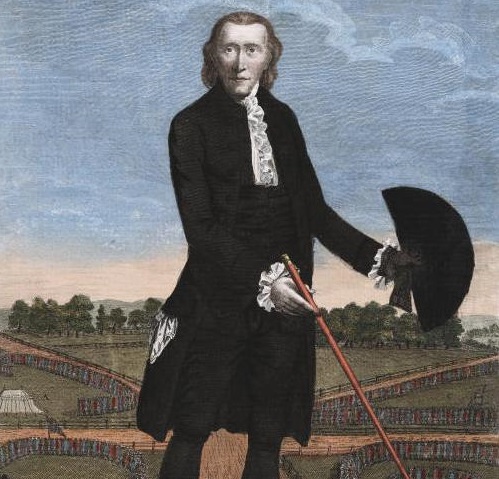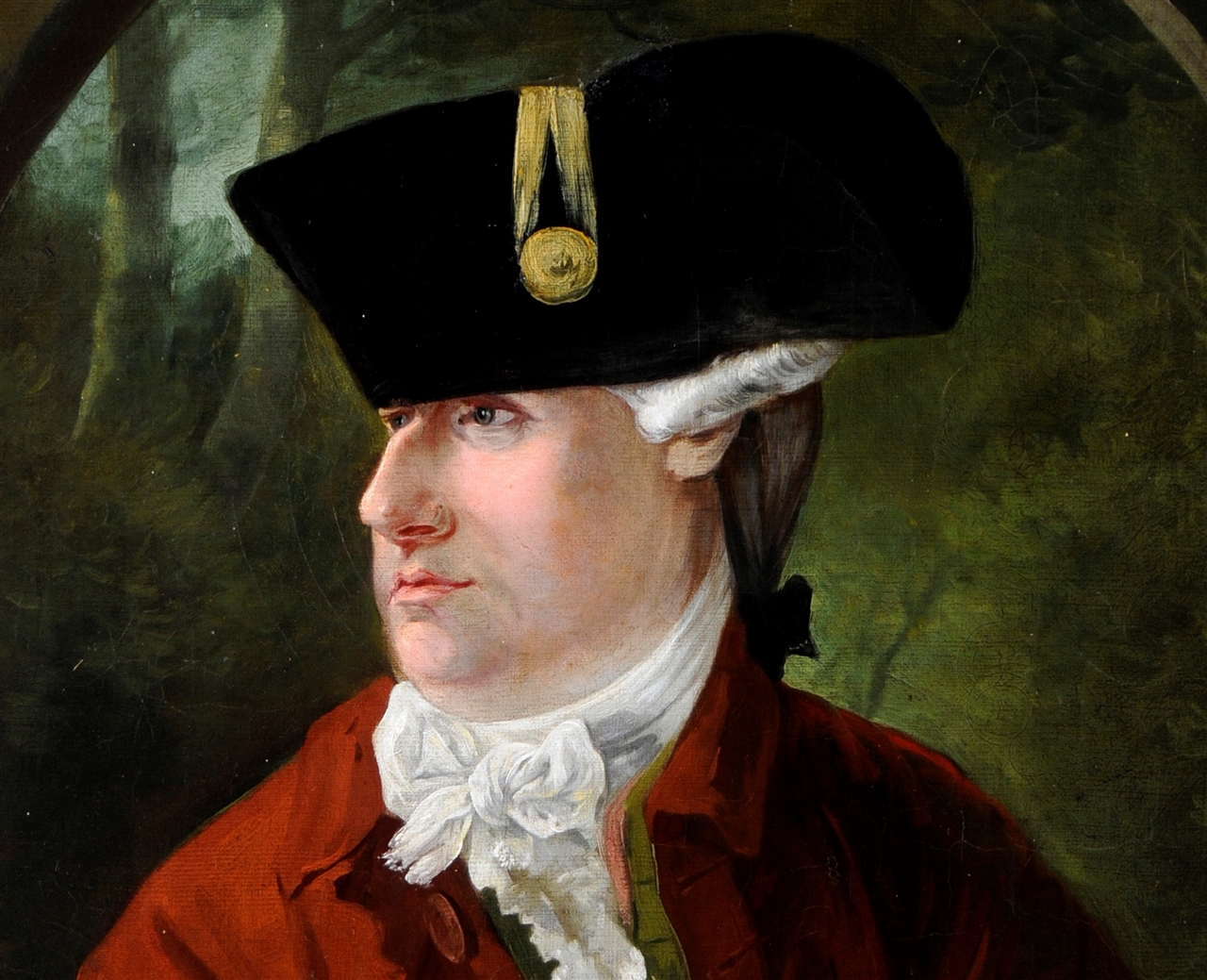Wed 18 Mar 2020
The Gordon Riots & Hull
Pam Tomkinson // Research Volunteer
Repercussions of the Catholic Gordon Riots of 1780 on Burton Constable Hall
Despite its isolation in the Holderness landscape, Burton Constable has never been safe from external influences such as war, religious persecution - or global pandemics! When disastrous anti-Catholic riots broke out in London in June 1780, its far-reaching effects reached even here.

Lord George Gordon (1751-1793)
Lord George Gordon: Rabble Rouser
In the early summer of 1780, Lord George Gordon formed a movement in London to act against a perceived Roman Catholic influence in the country. On 2nd June he presented a petition to Parliament, with a ‘decently clad and sober crowd’ blocking entrances to the House. It is said Gordon whipped up fervour in the crowd; they became rougher and wilder, destroying the Sardinian chapel in Lincoln’s Inn Fields.
Although troops were called, the law did not allow them to take action and fire on the mob until the Riot Act had been read, but strangely no magistrate could be found to do this. The rioting got out of hand and became less to do with the original anti-Catholic feelings. Various buildings and private houses were burnt and looted. Order was not restored until 12th June, by which time 458 people had been killed or wounded and 59 people had been condemned to death
Unrest Spreads
Word of the riots spread throughout the country. Even as London’s unrest was brought under control, violence erupted in Hull. On Sunday 11th June a mob destroyed the small Catholic chapel in Posterngate and the nearby house of gentleman Reginald Williams, whose wife and family had to be escorted from the town in a guarded coach. The mob reassembled on Monday, turning their attention to other properties. Local constables, soldiers from the Citadel and reinforcements from the Suffolk militia worked to regain order.
John Raines, the steward at Burton Constable, had received a threat that the mob intended to visit the Hall. On 12th June he drew up a ‘Plan for the defence of Burton Constable in case of an attack from the Mob as threatened’. It made provision for a servant to be stationed in Hull so that he could both send word to the Hall and also to apply to the magistrate and the colonel of the militia for assistance. These extra men were to be positioned in front of the house armed with sticks, forks etc. alongside men from the estate, along with lines of stout wagons. Grooms were to arm themselves with pitchforks and ride any available horses at a ‘full trot through the rioters and back again until they disperse’.

Portrait of William Constable in Uniform, c.1776
Riot Plans for Burton Constable
Doors were to be locked; fires put out; the womenfolk sent to neighbouring villages for safety; and the plate, linen, money and accounts sent out of the house for safety.
Two men with loaded pistols were to be positioned at the windows on the ground floor. The intention was then to reason with the mob to encourage them to disperse otherwise force would be used against them. If the men defending the house were similar in number to the mob, they were to attack with their sticks and try to seize the ringleaders. If the mob succeeded in entering the house, upon being given the order, the servants placed indoors with firearms were to fire on the mob, but this was to be the last resort.
William Constable had been staying in London at this time, but John Raines kept him fully informed of the situation at Burton Constable. Raines wrote to William twice on 13th June. The first letter explained the measures in place to protect the Hall, reassuring him that everything was under control. The second letter passed on advice from Mr Alderman Melling in Hull that William should remain in London till the situation had calmed.
Raines must have been constantly receiving letters of advice; on the same day that he wrote to William he was himself being advised by the Constable’s lawyer, William Iveson. Mr Iveson had been advised by a Mr Beatniffe that to have a Justice of the Peace present to read the Riot Act ‘might rather incite than quell’, and that ‘if violence is offered to the house, then all means of preservation are lawful and that as the last resort, firing boldly on the assailants ought to be put in practice’.
Thankfully, although it appears the mob did set out from Hull, it was successfully turned back and no threat arrived at Burton Constable. It would appear that the Hall had a very lucky escape.
Acknowledgements & References
Edited by Philippa Wood, Curator of Burton Constable Foundation
Principal References:
DDCC/145/8 ‘Varia’ a file of miscellaneous items, 1764-1782
Oxford History of England: the Reign of George III 1760-1815, J. Steven Watson Clarendon Press
Lost Churches and Chapels of Hull, David Neave, Hull City Museums & Art Galleries & Hutton Press, 1991